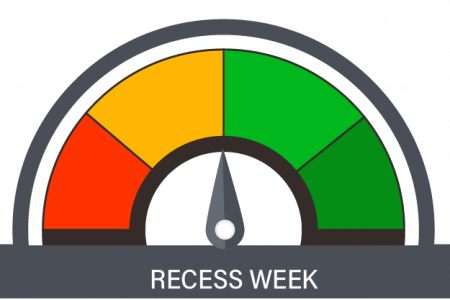Jonathan Y. H. SIM
Department of Philosophy, Faculty of Arts and Social Sciences
In the first of three posts on the use of Telegram as a teaching tool, Jonathan discusses the learning issues he observed which prompted him to adopt this platform in his teaching, the implementation process, and his observations of his students’ response to this approach.

Introduction
In my past four years of teaching in NUS, through conversations with many of my students, one thing I learnt is that many students perceive barriers to the various modes of consultation typically available to them. These barriers revolve around the fear of losing ‘face’, which they fear will happen when they ask “stupid” questions, or when they say something incorrect and are corrected by someone else, whether by their instructor or a peer. This fear hinders their ability to seek help when they really need it.
In many ways, this fear of losing ‘face’ also prevents students from seeking help in a more private setting, whether in a face-to-face consultation or by e-mail. Students perceive these consultation sessions as too formal. They feel that this apparent “formality” requires them to prepare well beforehand, e.g. compile all their questions into a tidy list, as they fear losing ‘face’, or appearing incompetent in front of their instructors. Unfortunately, since they are learning a subject that is unfamiliar to them, their lack of conceptual resources prevents them from articulating their questions in a deemed to be “legitimate enough”. Since they are unsure of what they do not know, they would rather not help at all than to do so and risk losing ‘face.’
Setting up the Helpline on Telegram
When I was tasked to develop and teach a new compulsory module—GET1050 “Computational Reasoning” (an unfamiliar subject for most FASS students)—I remembered the conversations I had with my former students and their struggles.
I decided to experiment with setting up a Helpline chat group on Telegram, a popular instant messaging app that allows users to create large chat groups.
The Helpline serves several functions (Figure 1).

Observations and Actions Taken
I have since used Telegram for three semesters with great success. Here, I document what I did and observations made:
 |
|
 |
|
 |
|
 |
|
Concluding Reflections
In both semesters, we received incredibly positive student feedback about the use of Telegram. I conclude my post with an excerpt of a student’s reflection that best summarises how using the Telegram Helpline played a critical role in helping students grow comfortable with seeking help:

We observed two limitations for the Helpline. The first is that by making myself more accessible, the volume of student queries increases, which entails more work on my part. However, this is a good problem as it provides me with rich immediate feedback on knowledge gaps in the course materials that might impede students’ knowledge and understanding. This also allows me to make improvements to the course in subsequent semesters.
The second limitation is that students can get over-dependent on seeking help on the Helpline, and may lose their motivation to learn independently. I have since found that this problem can be circumvented by archiving past Q&As on Google Docs and publicising it on assignments. Students can then go through the archive of questions independently, and seek further help on the Helpline only if they exhausted all attempts to find the answer.
 |
Jonathan SIM is an Instructor with the Department of Philosophy at NUS. He is very passionate about teaching and he continues to research fun and innovative ways to engage students to learn effectively. He has a special interest in crossing beyond disciplinary boundaries in the search for fascinating new insights to age-old problems. For his knowledge and expertise in philosophy, he has been invited to discuss philosophical issues for the Financial Times and Channel NewsAsia. Jonathan can be reached at jyhsim@nus.edu.sg. |
References
Savery, J. R. (2005). BE VOCAL: Characteristics of successful online instructors. Journal of Interactive Online Learning, 4(2), 142-144. https://www.ncolr.org/issues/jiol/v4/n2/be-vocal-characteristics-of-successful-online-instructors.html.
Samuel, K. (2017, August 3). Creating more caring university classrooms. BROOKINGS. https://www.brookings.edu/opinions/creating-more-caring-university-classrooms.

